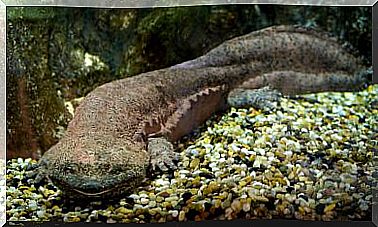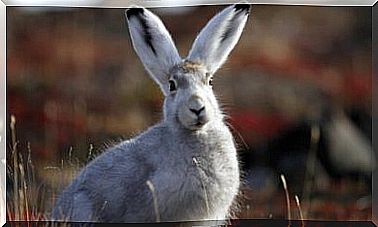How To Build A Terrarium

To know how to build a terrarium you must be clear about what you want. Either a small space where the habitat of a reptile is reproduced or it can also be a small garden designed to provide an indoor environment with natural elements.
How to build a snake terrarium
The priority is to offer the animal that is going to be introduced into a terrarium an environment with humidity, temperature and ventilation levels in accordance with its species. Likewise, it is necessary to offer sufficient dimensions that allow the ideal development of each specimen without difficulties.
As for how to build a terrarium, it should be noted that snakes have a well-earned reputation for being elusive. Therefore, when designing and assembling the installation, any leakage plan must be anticipated. The slightest slit, no matter how narrow it may seem, may be all that some of these reptiles need to explore.
Another important point to take into account about the terrarium is the comfort to clean it and change the water. These are tasks that must be undertaken periodically; its execution must always be fast and safe, in order to try to disturb as little as possible,
Characteristics of each species
Most pets are adopted during their first months of life ; in some cases, only a few days after arriving in the world.

Considerations must also be taken into account according to the type of reptile that will be hosted. For example, while there are snakes that are usually very strong and exert great pressure on the materials on which they rest, the smaller specimens have more lethal poisons.
How to build a terrarium for an ophidian: materials
The basic materials for the construction of a terrarium can be: wood, glass, plastic or metal. Glass is used in tropical terrariums that often require high levels of humidity, although maintaining adequate ventilation can be problematic. Wood is used to recreate desert environments or those that need medium or low humidity.
For laying in the interior, the following elements can be considered:
• Bowl of water, which will help the reptile in the tasks of self-regulating its humidity and in shedding its skin.
• A fluorescent tube, especially if the terrarium does not receive direct sunlight.
• A thermometer.
• A base of natural or artificial grass. The use of sand on the floor of the habitat is not recommended.
• A heating blanket.

Small gardens
These types of spaces are ideal for creating a peaceful environment in the home or office ; they are mainly used to place different types of ornamental plants.
In general, almost all of these plants can be used to make small terrariums; even in the same garden several species can be included, as long as they have the same characteristics.
Step by Step
Although most terrariums are made of glass, there are also plastic or wooden models. Once the container is defined, as we have seen, the next step is to select the plant that will crown the terrarium. It must be a small species with shallow roots; Also, you shouldn’t have a hard time staying out of the sun’s rays.
Before starting the ‘planting’ tasks, the jar, bottle or box that will serve as the ‘field’ must be well cleaned. To avoid the presence of harmful substances, antibacterial soap can be used.
The substrate is made up of black earth rich in vitamins and small stones. If the container does not have a drainage channel, activated charcoal must be added; likewise, to regulate humidity levels, moss can be placed.
As decorative elements in terrariums, white or colored stones are used, as well as snails and even small crafts in wood or clay.
Final Recommendations
The terrariums must remain in environments that guarantee a constant temperature without variations. Sudden drafts of cold air or spikes in heat are extremes that should be avoided.
One of the advantages of these small gardens is their easy maintenance. They should be put a little water once every seven or eight days; in cacti, the interval is extended to 30 days.









